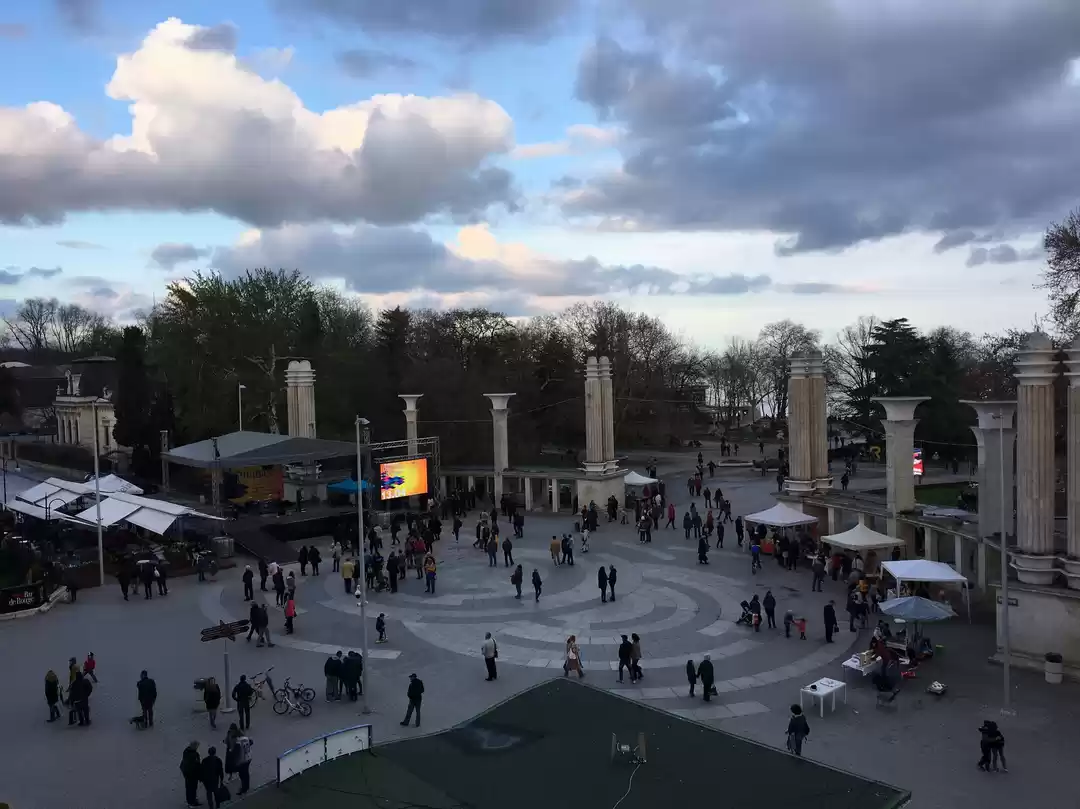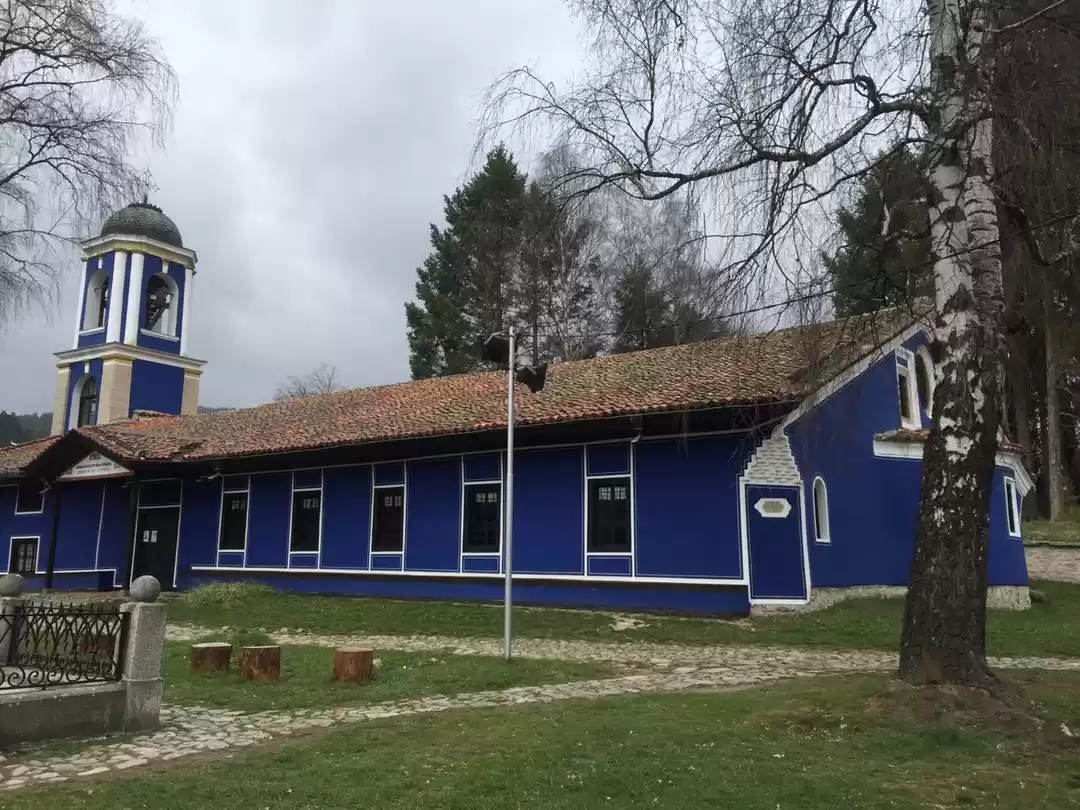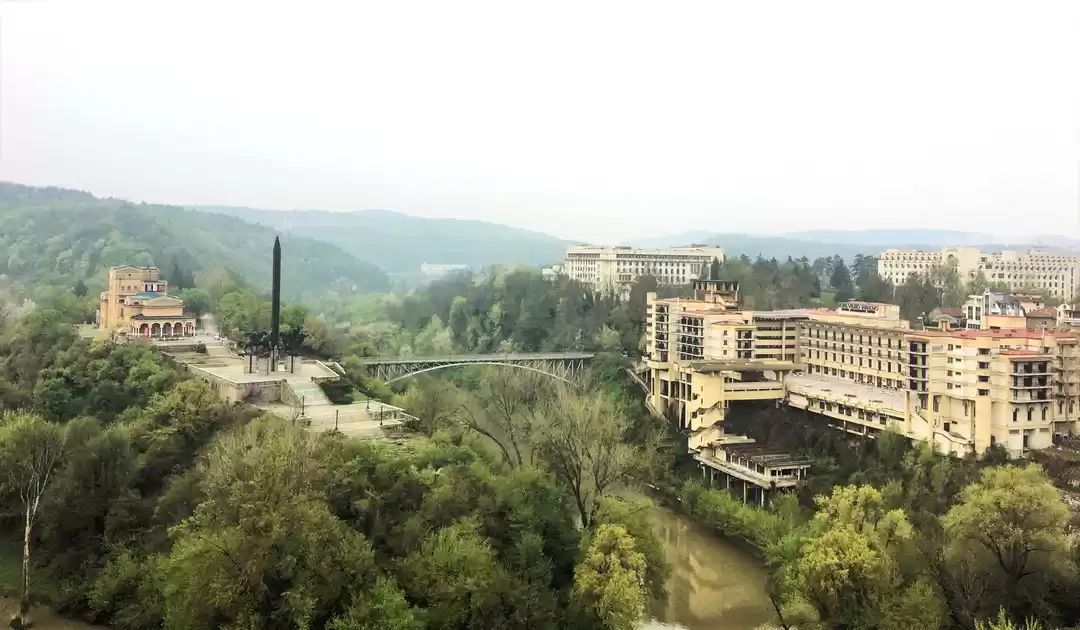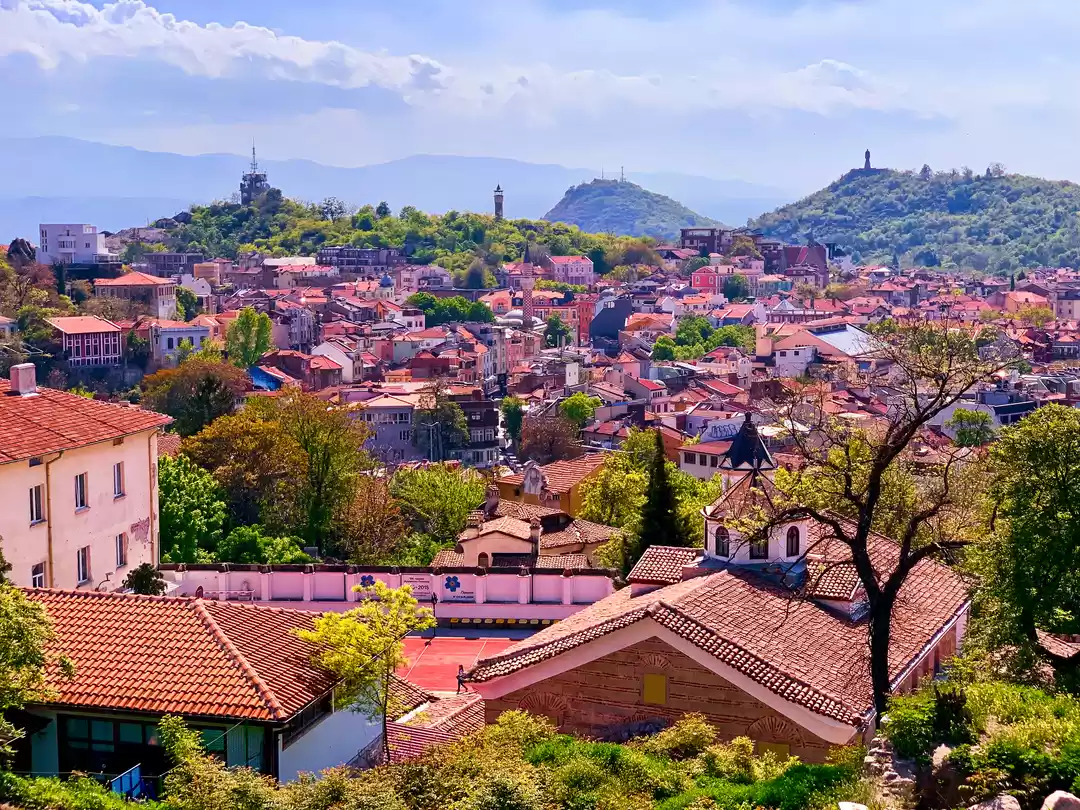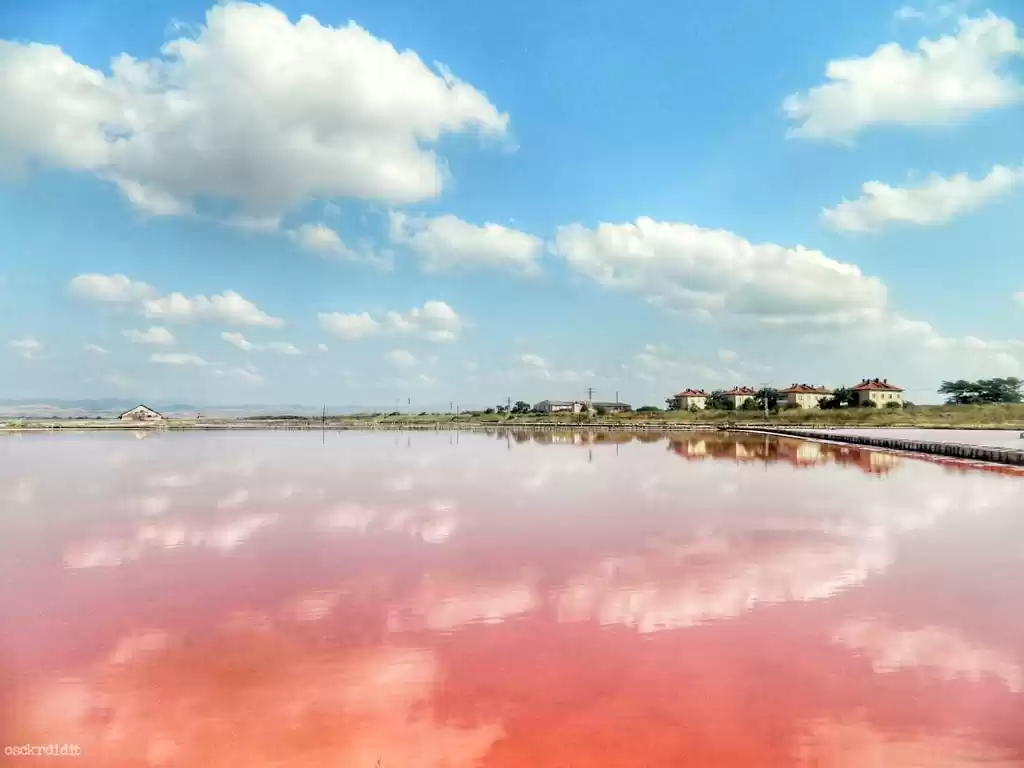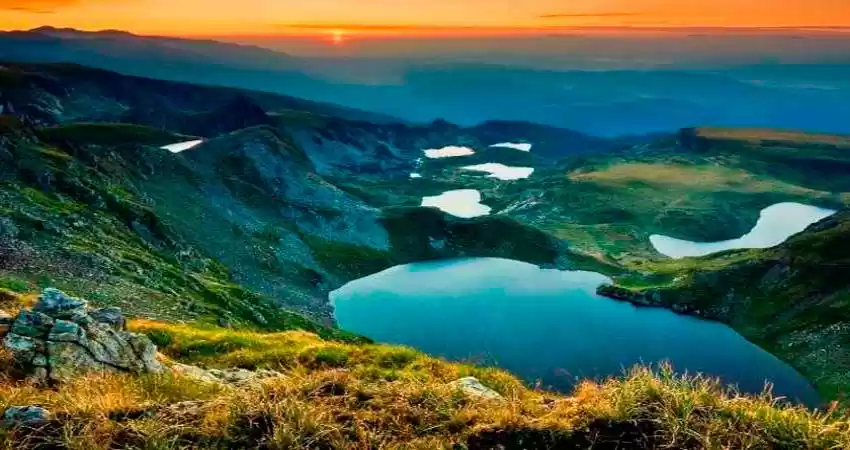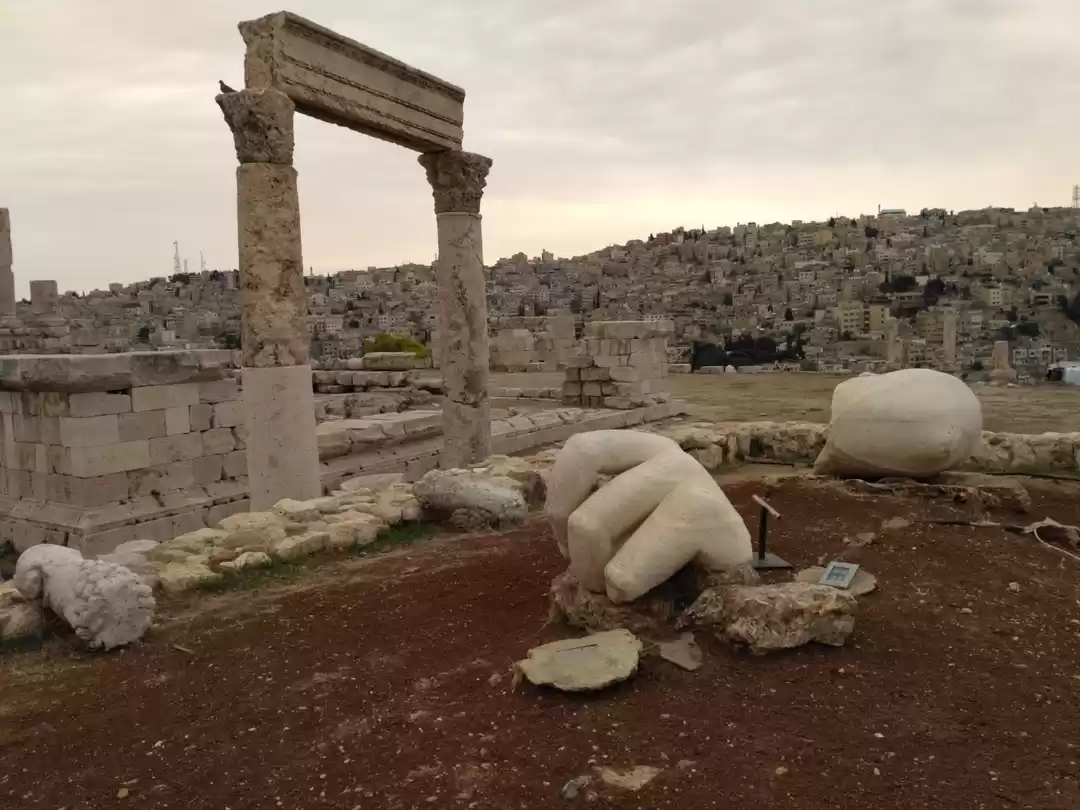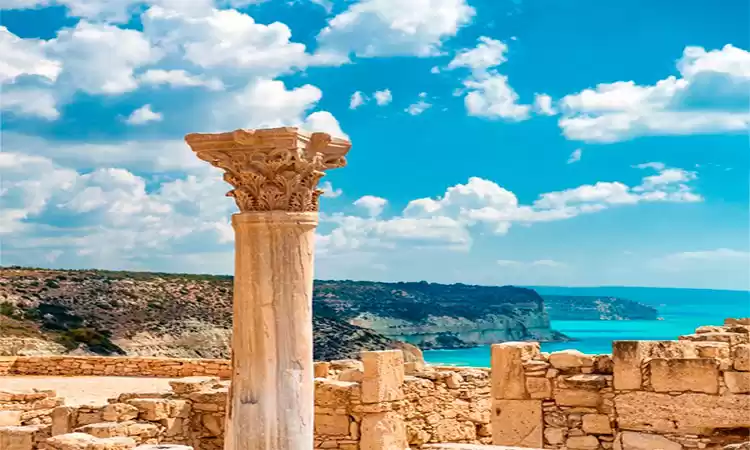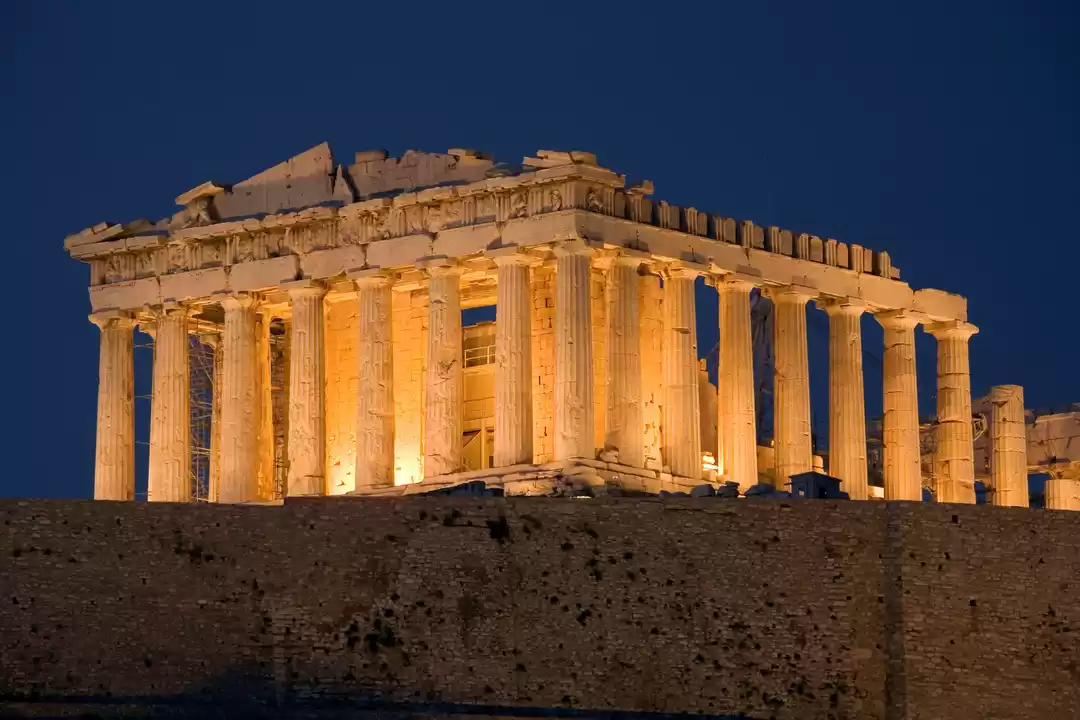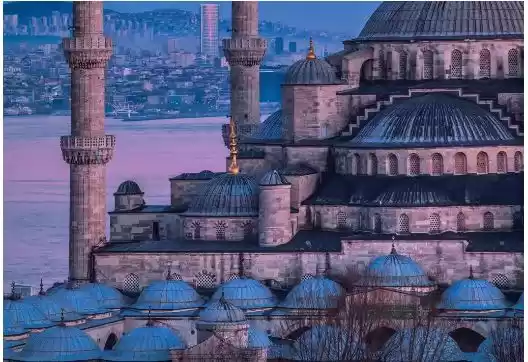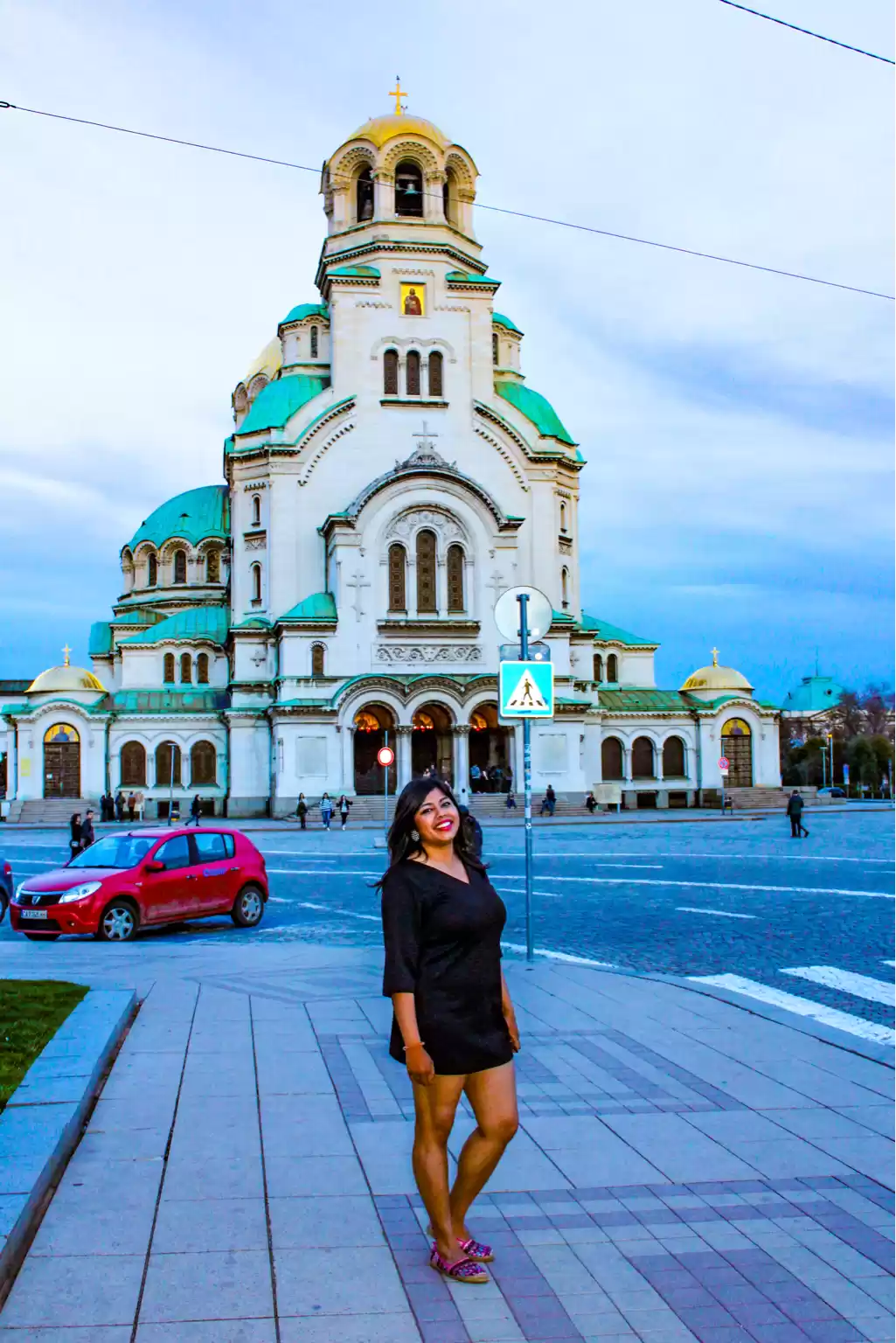
A tiny rocky peninsula juts out into the Black Sea. It is connected to the mainland by a small isthmus that appears to be man-made. This UNESCO World Heritage site bears evidence of occupation by many different civilizations over the course of three millennia.
Nessebar, an exquisitely beautiful town, located in the Burgas province of Bulgaria, is now a thriving seaside resort. The old town is a virtual open air museum with an assortment of churches built in the Middle Ages. For over a thousand years this place was an invincible fortress of Eastern Orthodox Christianity. The modern part of Nessebar is on the mainland and has dozens of posh resorts.

History and Herstory
Who lived here in the beginning? The Thracians (original inabitants?) called it Menebria. The Greeks called it Mesembria or Mesambria. Dorian settlers from Megara, Byzantion and Chalcedon occupied the region at the beginning of the sixth century BCE. Around 425 BCE it became a part of the Delian League, an alliance of Greek city-states under the leadership of Athens. (Apparently there were around 300 city states in this grand alliance, which was formed in anticipation of Persian attacks.) When Athens was defeated by Sparta in 404 BCE the Delian League ceased to exist.
The Romans occupied Nessebar in 71 CE. From the 5th century onwards the Eastern Roman Empire held sway until the Ottomans took control around the 9th century. The Bulgars and the Ottomans constantly fought over this area. The Crusaders captured it in 1366. Once again the Ottomans triumphed in 1443. In 1878 Bulgaria was liberated from Ottoman rule, but Nessebar remained an autonomous region until it assimilated with Bulgaria in 1885. It was only in the 20th century that Nessebar became a resort town and gradually began to attract tourists from all over the world.
I joined a group of feisty women travellers from India. Kamen Metchkov, our tour guide, told us that ‘Thrace’ and ‘Thracian’ were names used by the Greeks to describe the numerous tribes that lived to the north of the Greek city-states. Thrace was first mentioned in history in the Illiad, the celebrated Greek epic poem attributed to Homer. This poem, which is in fact Europe's earliest literary work, mentions that the Thracian King Rezos came to the help of Troy in the battle against the Greeks. The description is of a man wearing gold armour and riding a golden chariot driven by white horses, if Kamen is to be believed. Apparently the tomb of Rezos has since been discovered and gold and silver wine-drinking vessels have been unearthed.

The Thracian tribes were over 77 in number and frequently fought among themselves. I can believe that one! Herodotus stated that the Thracians are the most numerous species after the Indians. That means India was Numero Uno in population growth even in those times! Yes, I can believe that too. I’m not very successful in cross-checking the facts put forward by Kamen, but I’m convinced he knows his stuff. He is as erudite and scholarly as they come. I asked him to pick a book by a Bulgarian author and he chose Wolf Hunt by Ivailo Petrov (English translation by Angela Rodel). I bought it.
The Trojan War, if it really did take place, involved Agamemnon, Menelaus and Achilles on the Greek side and Paris, Hector and Helen of Sparta (‘the face that launched a thousand ships’) on the Trojan side, besides so many gods, goddesses and legendary heroes. The ten year siege had as its hotspot a place in southwest Turkey at the mouth of the Dardanelles Strait. The Greeks believed the war occurred in the 12th or 13th century BCE, and Homer lived around the 8th century BCE. “No, it’s not about a woman!” Kamen told me. “They fought for control of the Dardanelles and the Bosporus.” I’m inclined to believe him. I can’t help thinking that History is an eternal Mystery.
Spartacus was a Thracian warrior, captured by Romans and made to fight in the arena as a gladiator. He led the legendary Slave Revolt, organizing a sustained resistance by thousands of slaves over a two year period. The revolt was eventually crushed by the might of Rome. Spartacus died fighting in 71 BCE and was not bumped off the way the movie depicts. His body was never found. Again Kamen! Exploding so many of my fondly held beliefs! Once again I went to google and looked up Spartacus. OMG! Kamen was right! 6000 captives were crucified along the Appian Way, ostensibly as a warning to the slave population to rein in their desire for freedom. Some decades later Jesus Christ would share their fate – for different reasons, of course.
Oh My Gold!
Bronze and silver coins were minted in Nessebar since the 5th century B.C. and gold coins from the 3rd century B.C. Even under the Romans, Nessebar continued to mint its own coins. The remains mostly date to the Hellenistic period. But it wasn’t the coins that were amazing. The jewellery was so perfect, so beautiful, so well-designed and so much like the gold ornaments we wear back home. No joke! I simply couldn’t believe I was looking at something that’s 3000 years old! See for yourself!



What to See in Nessebar
We spent only half a day there so we didn’t see enough. It was drizzling most of the time, so we had to carry our umbrellas and taking pictures wasn’t so easy. The best time is in summer - June to August. We went in early April, so you can imagine our discomfort. The pictures were cloudy too. On the whole Nessebar looked like an exquisite black pearl.

New Nessebar is for beachside relaxation, but all the exotic sites are in Old Nessebar. At the tip of the isthmus as we enter the peninsular old town, we see the statue of St. Nicholas. It’s hard to figure out which of the birds are real. The ones in his hands, or the one on his head? The iconic windmill is poised on the opposite side some distance away. As we come in from the mainland, the windmill appears first, and the statue later.
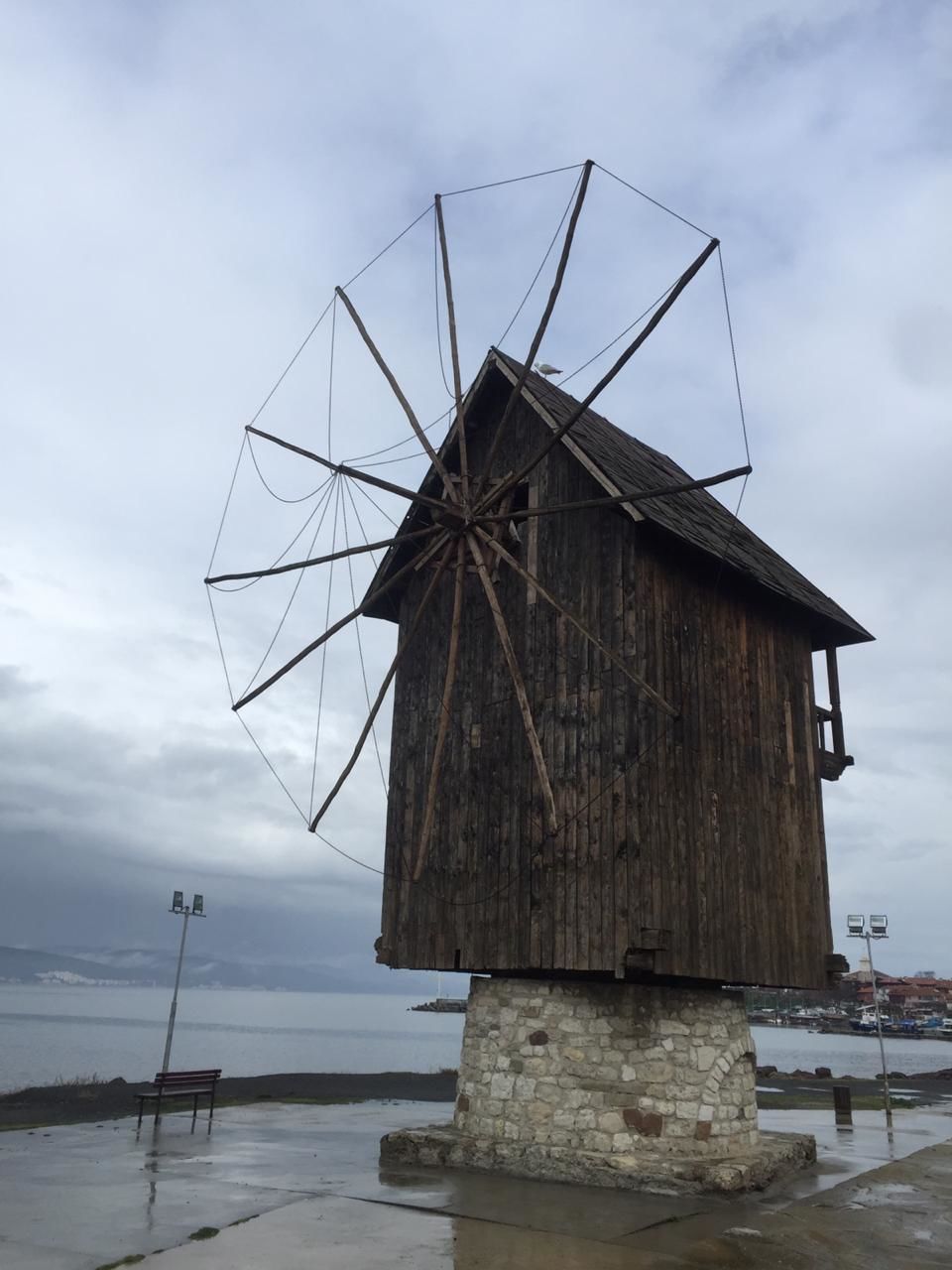

There are many crumbling churches and some standing ones. Mostly medieval. During the Renaissance period the place was known as Mesemvria which later became Nessebar. The Bulgarians seem to have used the name Mesebar/Nesebar from the 11th century onwards.

The Middle Ages monuments include the 5th-6th century Stara Mitropoliya or "old bishopric", better known as St. Sophia which is all of a ruin, and the 11th century Nova Mitropoliya or "new bishopric" better known as St. Stephen, which is better preserved, having been reconstructed centuries later. The Church of St. John the Baptist was built in the 11th century and The Church of Christ Pantocrator dates back to the 13th or 14th century. And there are so many other churches.

The stages of cultural and political development are reflected in the varying architectural styles. Despite the Ottoman occupation, Nessebar seems to have zealously preserved its Christian artistic heritage, keeping up an icon-painting tradition that reached its zenith in the 16th and 17th centuries, under the influence of the icon-painting traditions of Meteora and Crete. The cult of the Virgin Mary, St. Nicholas and other saints was paramount. The oldest icons of the Nessebar school date from the 13th century and occasionally the names of donors and artists can be discerned.





The cobblestone lanes, the quaint eating places, the exotic array of bric-a-bracs and the ever-present seagulls with their raucous calls never fail to seduce the intrepid traveller.

The museum is a must see! Mind boggling collections point to unimaginable ancient histories. Hold your breath! There are implements as old as the 5th millenium BCE! Prehistoric artefacts dating back to the neolithic period (new stone age) and the chalcolithic period (copper age) are on display. They were found in the 'tells' or so-called 'settlement mounds'. Numerous stone anchors indicate that in the second millennium BCE the people of Mesambria were great seafarers. Were they ship-builders too? One wonders.




Today Nessebar is a playground for the rich and famous, and the title “Pearl of the Black Sea” is richly deserved.
How to Get There
My, that’s a tough one! We drove from Plovdiv. The Thrace Highway leads from Sofia to Burgas. There are airports at Sofia, Plovdiv, Burgas, Varna and a couple of other places.
From Nessebar our coach took us to Varna, another jewel on the Black Sea. Our last stop was Sofia, and that's where I exited from. A 4-hour flight gets you to Dubai. I thought that was cool.


